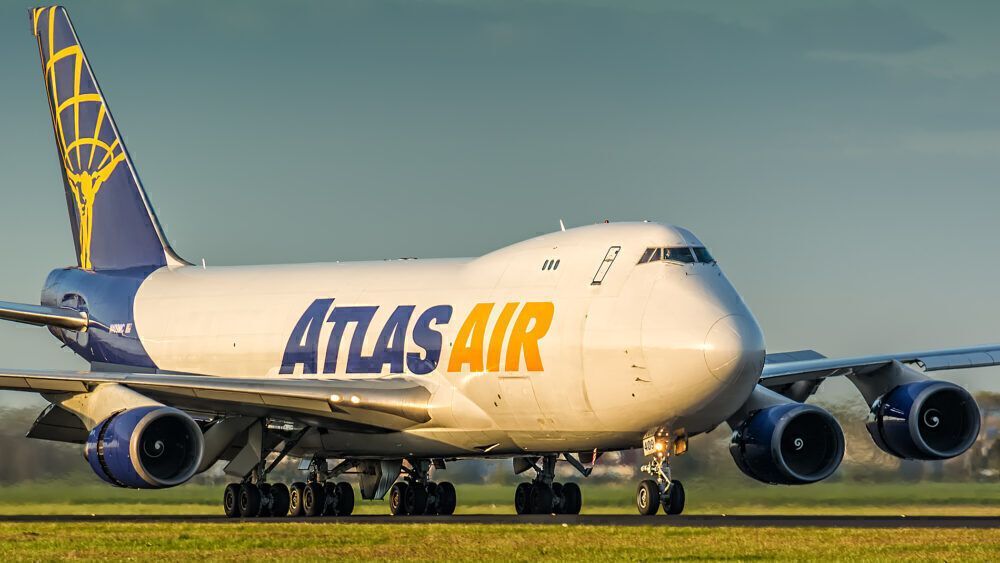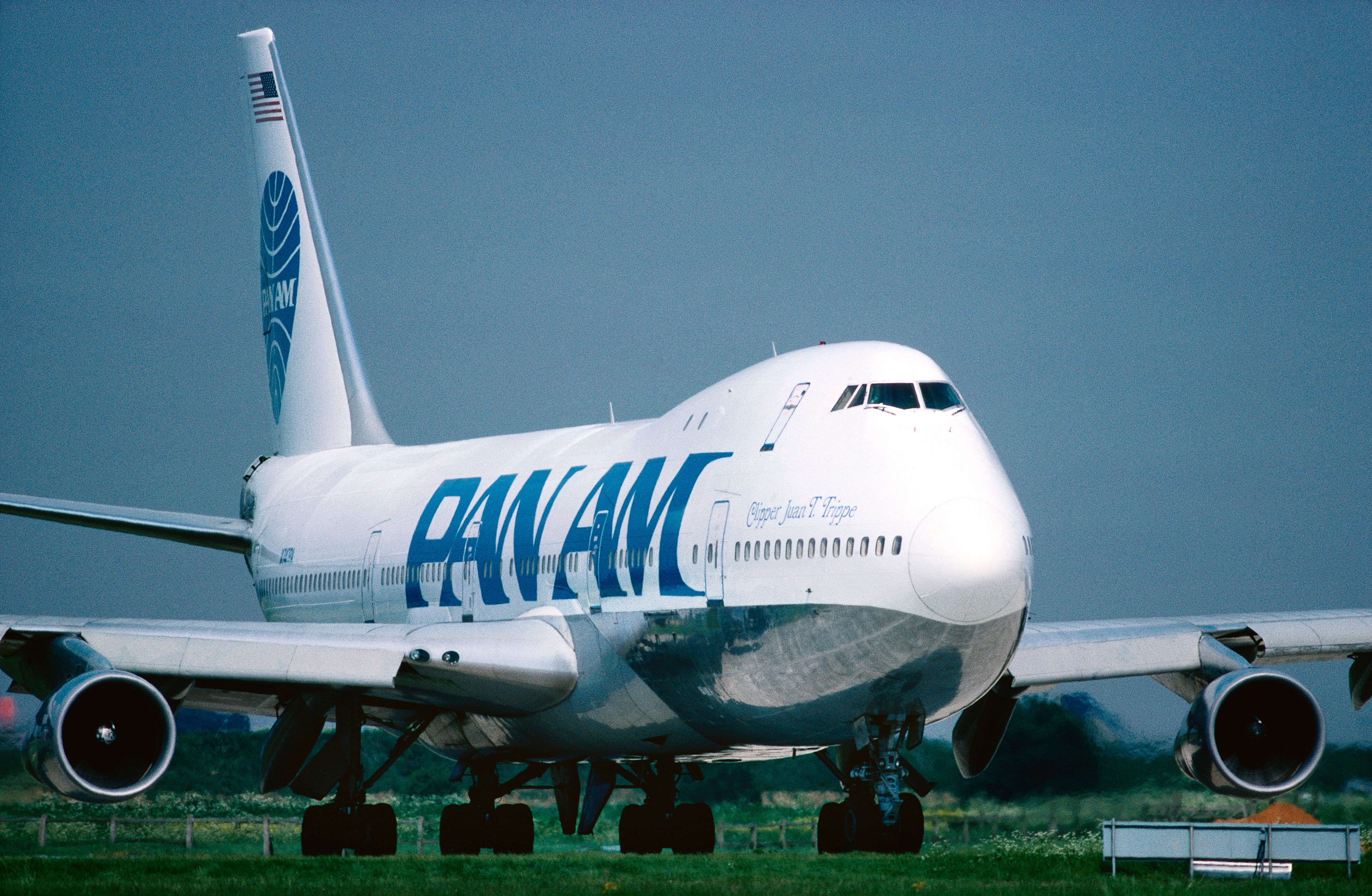The last Boeing 747 will soon roll off Boeing's production line. Once the finishing touches are put, the final Boeing 747-8F will be delivered to Atlas Air, the cargo carrier's final delivery of the aircraft type and marking the end of an iconic half-century-long-era in the aviation industry.
From the start
Production of Boeing's famous 'Queen of the Skies' first began in the 1960s when demand for air travel boomed, and airlines needed bigger aircraft to carry more passengers while still bringing down airfares. Seeking a solution from Boeing, Pan American World Airways (Pan Am) founder Juan Trippe asked for a large-capacity passenger aircraft that could fly long-haul.
The Chicago-based aircraft manufacturer took on the challenge, and after two years of design and assembly with the help of around 50,000 employees, the first Boeing 747 took off in February 1969. Pan Am and other airlines were pleased with the aircraft, which carried twice the capacity of the narrowbody Boeing 707. The Boeing 747 made international travel affordable for the first time, and long-haul flying was finally becoming a shared privilege for all, making the jumbojet the aircraft that revolutionized the aviation industry.
Pan Am operated the first Boeing 747 in 1970 from New York to London as the first receiver of such a historic aircraft. The airline liked the Queen so much that it eventually ordered more than 20, which was considered a big order back then. And since the aircraft could carry 347 passengers, it soon attracted several other airlines to place orders for this game-changer, such as British Overseas Airways Corporation, Japan Airlines, KLM, and Qantas.
Till the end
For several decades, from its launch until 2019, the 747 remained superiorly popular, even as the Airbus A380 came into the picture to spice up the competition between the jumbo jets. Boeing kept the Queen going strong by stretching out the length and introducing new variants, allowing airlines to use the aircraft for commercial and cargo services until nearly every significant international carrier had the Boeing 747 in its fleet.
While the end of the Queen was foreseen for a more distant future, the introductions of new-generation twin-engined revolutionaries and the collapse in demand for travel during the pandemic made the end come sooner than Boeing and aviation enthusiasts would have preferred. Paired with rising fuel costs, the Boeing 747 was no longer as economical as it once was, and only a small handful of airlines still operate passenger flights using the Queen. Still, the 747 proves more useful in these times for its cargo capabilities. Atlas Air and UPS currently stand on the podium as the biggest Boeing 747 operator, with both the -400F and -8F variants in their respective fleets.
As the Queen reaches the end of her time, Boeing has essentially hit the brakes on one of its most significant rainmakers. Without the production of the Boeing 747s, the manufacturer would rely more heavily upon its other notable and more popular modern widebodies, the Boeing 777 and 787 Dreamliner. Despite the resumption of the deliveries of the Boeing 787 Dreamliner, the planemaker still hasn't experienced a smooth enough for the Boeing 777X. And with similar troubles plaguing its narrowbody productions, Boeing hopes to regain the glory of producing revolutionary aircraft, though its peak might have gone by alongside the Boeing 747.



